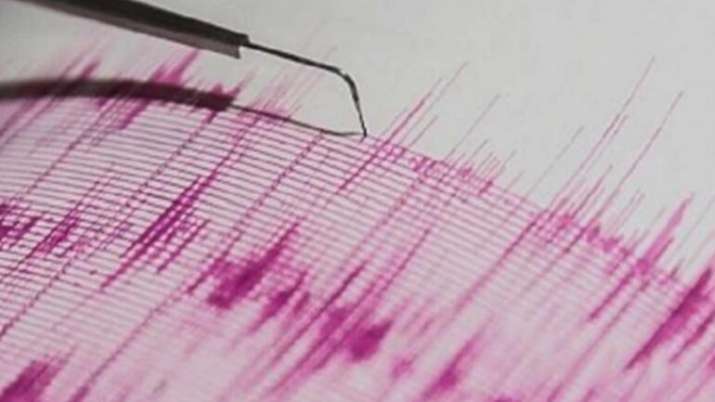A recent study has claimed that a tectonic fault line which moves from the region of Ladak to the Indus river is active, unlike previously thought, and is running northward. The study was conducted by a group of scientists from Wadia Institute of Himalayan Geology (WIHG), Dehradun.
The study was published recently in the journal titled “Technophysics”. The scientists involved mapped the secluded regions of the Ladakh that forms the most outlands of the Himalaya. The most important finding of the study is that the suture zone, whi was earlier thought to be inactive, is tectonically active.
Koushik Sen, one of the co-authors of the paper, said that since they have shown that fault in the Ladakh area is also active, the rocks in the fault zones are very weak and fragile. It has more implications in terms of landslides. The area is also active seismically, but the activity ranges from very low to moderate. The area is also more prone to landslides if any major rainfall takes place along the Indus river fault.
Koushik added that the present understanding about the Ladakh region is that it is locked while other parts of the Himalays – Uttarakhand, Jammu and Kashmir,Himachal Pradesh, Sikkim and the Shivaliks are understood to be active and moving. The survey has invalidated it and found that the plate is still tectonically active.
A suture zone is a linear belt of intense deformation, where different terranes, or tactonic units with many plate tactonics, metamorphic, and paleogeographic histories, join together.
The study was conducted across a distance of 213 kilometers in Ladakh from Leh to the Tso Moriri Lake. With the help of field and lab data, the geologists observed that the Indus Suture Zone (ISZ) has been tectonically active for the past 78,000 to 58,000 years.
Koushik Sen said that even in the presence of the fault line, chances of a strong earthquake in the Ladakh region are quite low. He added as word of caution that even though the chances of an earthquake are slim still, active tectonic plates can make the region open to landslides and erosion.
In the month of August in 2010, Ladakh witnessed a flood that killed 255 people and affected 71 towns and villages including Leh.
